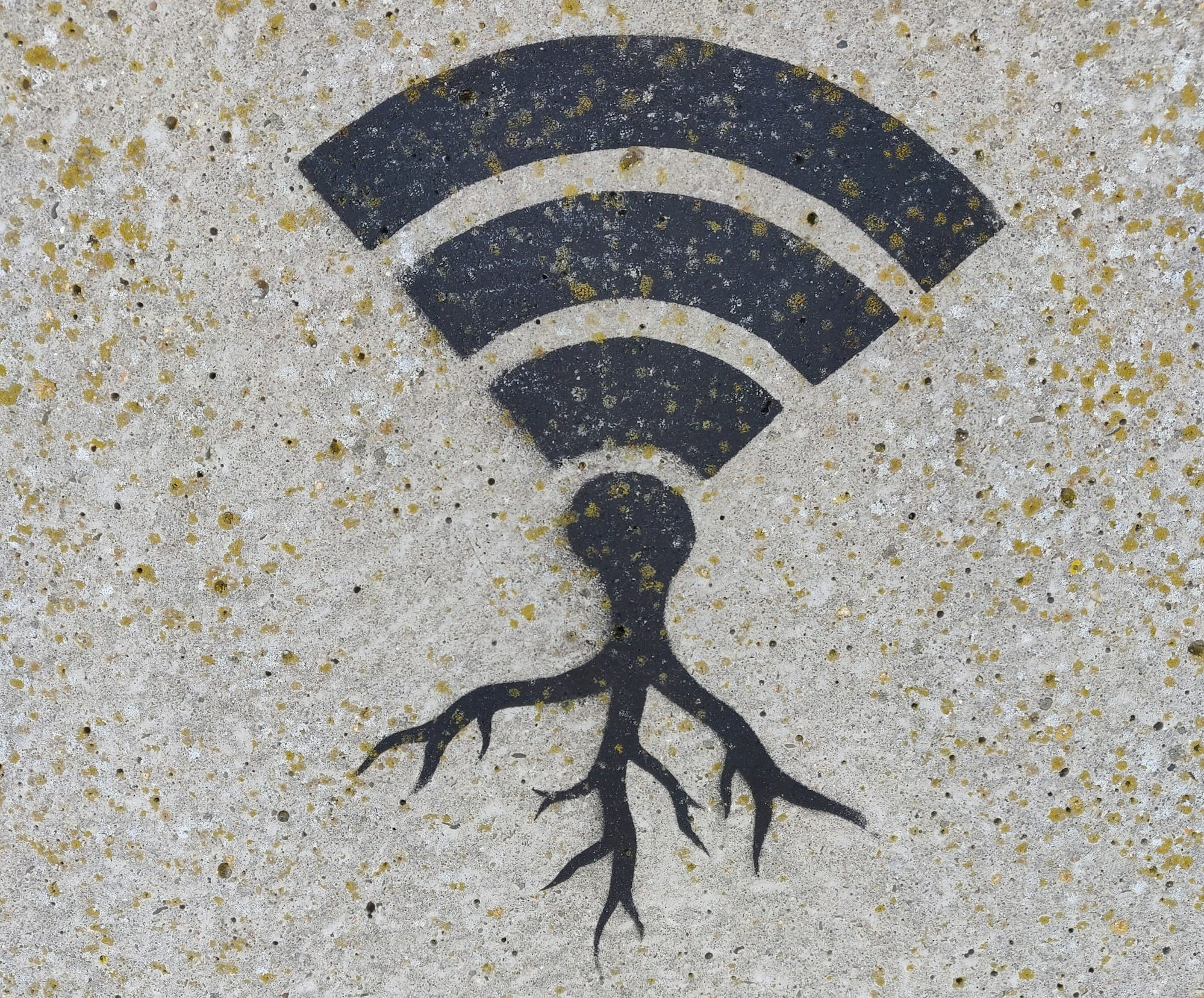Update: Quasar RAT Delivered via Obfuscated Batch Files in Targeted Malware Campaign
A sophisticated malware campaign has emerged, utilizing Windows batch files to deliver the Quasar Remote Access Trojan (RAT), a powerful tool that grants attackers full control over compromised systems. The attack begins with a decoy file, typically an innocuous-looking Office document, which lures victims into executing the batch file. The batch file runs a PowerShell command that downloads additional malicious scripts, ultimately delivering Quasar RAT. This malware can steal sensitive data, including passwords, and execute commands remotely. Researchers have noted that the batch files used in this campaign are heavily obfuscated, employing techniques like environment variables and "goto" statements to dynamically construct the malicious code, making it difficult for security systems and sandboxes to detect the infection. The multi-stage nature of the attack, combined with these evasion techniques, demonstrates a high level of sophistication, making it more challenging to analyze and mitigate. The Quasar RAT campaign has been linked to targeted attacks against organizations across various sectors, with increased infection attempts observed in recent weeks. While the full extent of the damage remains unclear, the risk is significant, as the RAT allows attackers to maintain persistent access to infected systems, exfiltrate valuable data, and even deploy follow-up attacks, including ransomware or credential theft. Social engineering tactics, including deceptive job offers and lures, allow attackers to bypass initial security defenses. Once the RAT is installed, it can exploit compromised systems for further attacks or to conduct large-scale data breaches. Organizations are advised to implement strong endpoint detection and response (EDR) solutions to mitigate these threats, monitor for unusual batch file executions, and ensure robust user training on the dangers of executing files from untrusted sources. Additionally, leveraging cloud security tools and network monitoring can help detect abnormal traffic or file downloads that may signal a Quasar RAT infection.
'SmartAttack' Exfiltrates Data from Air-Gapped Systems via Smartwatch Ultrasonic Signals
A new attack, dubbed 'SmartAttack,' has revealed a concerning method for exfiltrating sensitive data from air-gapped systems—computers that are physically isolated from external networks to prevent cyber threats. Despite their isolation, these systems remain vulnerable to insider threats or supply chain attacks that enable malware to infiltrate and operate covertly. Once infected, the malware uses the system's built-in speaker to emit ultrasonic signals from 18.5 kHz to 19.5 kHz, inaudible to humans but detectable by nearby smartwatches equipped with signal processing tools. By modulating these frequencies using binary frequency shift keying (B-FSK), the malware encodes data like keystrokes, encryption keys, and credentials, which are then captured by the smartwatch’s microphone and demodulated for further exfiltration through Wi-Fi, Bluetooth, or cellular connections. Researchers have demonstrated the feasibility of this attack, particularly when the smartwatch has "line-of-sight" with the system's speaker. However, signal strength limitations reduce the effectiveness of the attack over longer distances or at higher transmission rates. While theoretically challenging and with performance limitations, SmartAttack presents a novel and stealthy approach to bypassing the physical isolation of air-gapped systems. Researchers found that the transmission range of the ultrasonic signals is limited to about 6 to 9 meters, and the data transmission rate can vary between 5 and 50 bits per second, depending on conditions. This makes the attack more difficult but still potentially effective in high-risk environments, including government facilities, nuclear plants, or weapons platforms. To mitigate this risk, experts suggest prohibiting using smartwatches in secure environments or removing built-in speakers from air-gapped machines to eliminate this and other acoustic covert channels. Additional defensive measures include ultrasonic jamming, software firewalls, and techniques designed to "audio-gap" environments to reduce the attack surface further. These countermeasures are essential to protect sensitive systems from emerging threats using new, innovative attack vectors.
'UNK_SneakyStrike' Campaign Leverages Open-Source Pen Testing Tool for Large-Scale Account Takeover
A new account takeover (ATO) campaign, discovered by Proofpoint researchers, named UNK_SneakyStrike, has been observed targeting Microsoft Entra ID (formerly Azure Active Directory) user accounts across multiple organizations globally. The campaign, which began in late 2024, leverages the open-source penetration testing framework TeamFiltration to conduct large-scale user enumeration and password spraying attacks. TeamFiltration, created for security testing, was weaponized by threat actors to automate identifying weak or compromised accounts. Attackers use this tool to exploit Microsoft Teams API and AWS infrastructure for IP rotation, allowing them to evade detection while conducting password-spraying attempts. Once a vulnerable account is identified, malicious files are uploaded to OneDrive, and attackers gain persistent access. The campaign has already compromised over 80,000 user accounts, with threat actors focusing on smaller cloud tenants and targeting a subset of accounts in larger organizations. The malicious use of TeamFiltration highlights a disturbing trend of attackers abusing legitimate security tools for cybercrime, demonstrating the growing sophistication of threats against cloud environments. The campaign’s effectiveness lies in blending in with legitimate traffic, using IP rotation and outdated user agents to avoid detection. Security experts recommend enabling multi-factor authentication (MFA) and limiting legacy authentication protocols to mitigate these risks. Additionally, organizations should audit OAuth applications and monitor for unusual login patterns, especially from AWS regions and suspicious user agents. Ongoing threat intelligence sharing and staying informed about new tactics will be essential in defending against this evolving threat. The findings emphasize the importance of securing cloud-based identity systems and implementing proactive security measures to quickly detect and respond to unauthorized access attempts.




